1 | Classifying Matter as a Pure Substance or a Mixture
Matter
- Matter is all around us. It’s what things are made of. You’re made of matter. So is the chair you’re sitting on. So is the air you breathe and the water you drink.
- Matter can be defined as anything that takes up space and has mass.
- But if everything is made of matter, why does everything look different?
- It has to do with the different particles making up matter.
- Particles are the tiny building blocks of matter.
- You, your chair, air and water are all made up of different types of particles.
- Scientists classify matter based on the types of particles making it up.



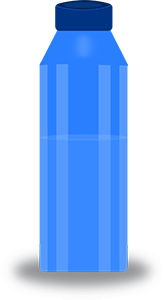
Matter is anything that takes up space and has mass.
(Images: OpenClipart-Vectors, Pixabay)
Pure Substances
- A pure substance is something that is made up of only one type of particle.
- A pure substance cannot be physically separated into other substances, because all of the particles are the same.
- Pure substances have fixed physical properties, such as melting and boiling point.
- Examples of pure substances include oxygen, water and iron.
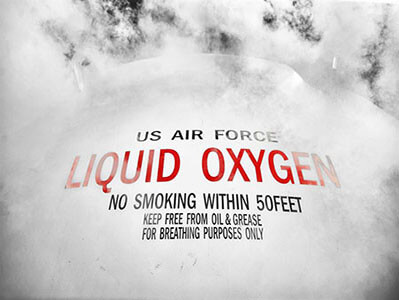
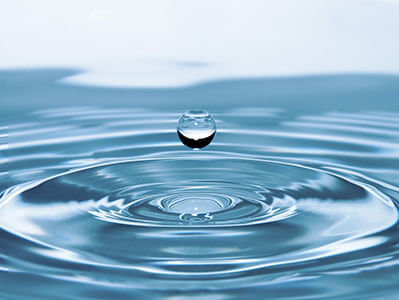
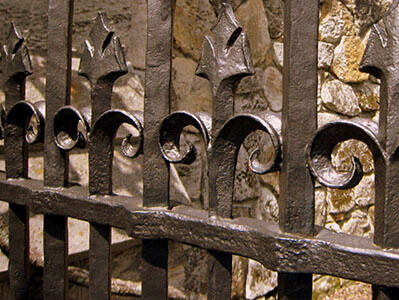
Oxygen, water and iron are examples of pure substances.
(Images: US Air Force; ronymichaud, Pixabay; Sharee Jablonski, Public Domain Pictures)
Mixtures
- Two or more pure substances can combine to form a mixture.
- Therefore mixtures are made up of more than one type of particle.
- The formation of a mixture does not result in a new substance.
- A mixture is just a physical combination of pure substances.
- Mixtures can be physically separated into their components.
- Mixtures have variable physical properties, depending on their components.
- Examples of mixtures include air, sea water and soil.
- Most substances around us are mixtures.
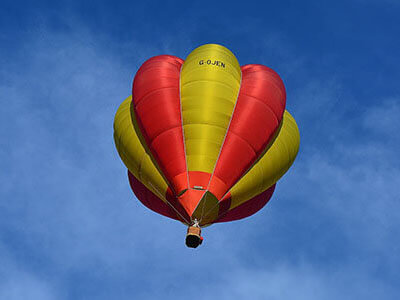
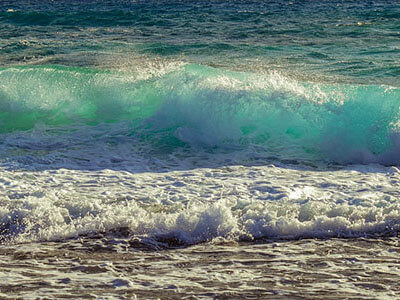
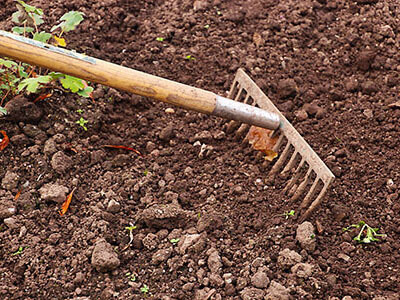
Air, sea water and soil are examples of mixtures.
(Images: hazelw90, Pixabay; dimitrisvetsikas1969, Pixabay; terimakasih0, Pixabay)

